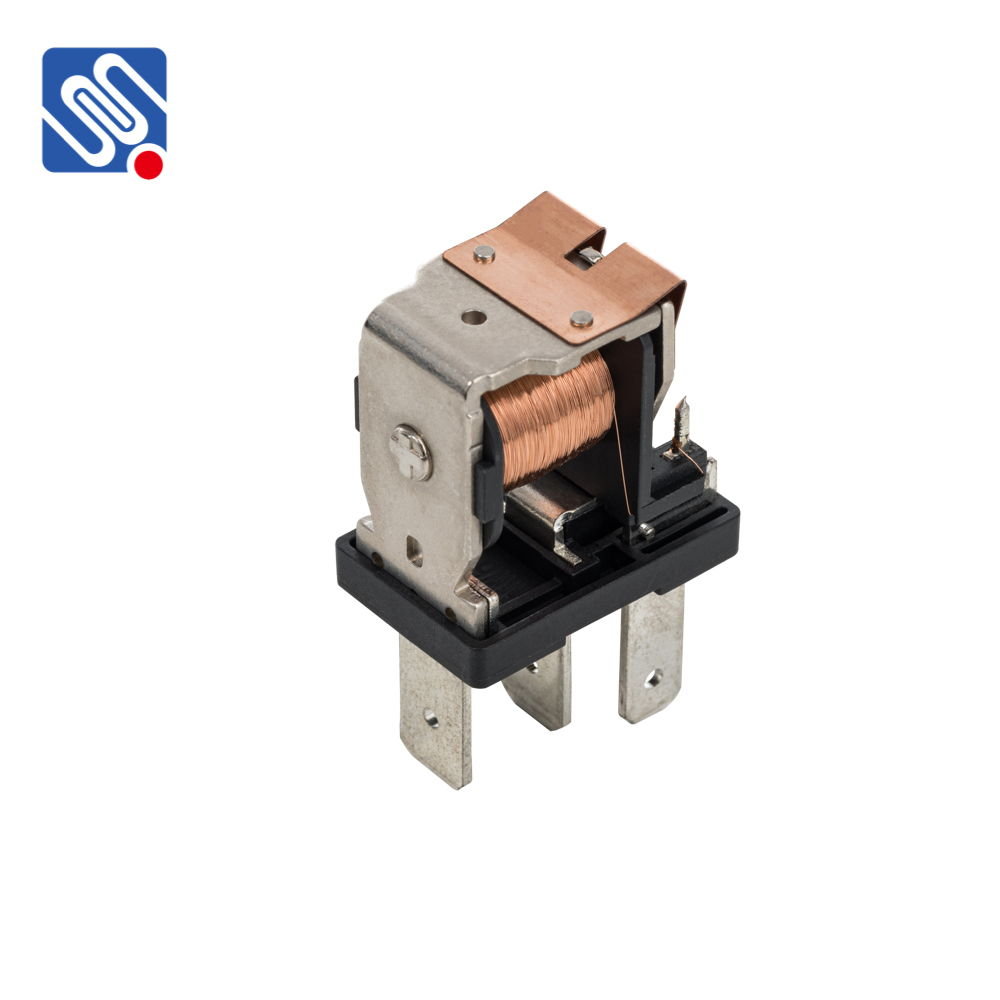Relay materials play a crucial role in the performance, reliability, and durability of relays, which are essential components in electrical circuits and automation systems. These electromechanical switches are used to control the flow of electrical power between circuits, enabling machines and devices to operate smoothly and efficiently. The materials chosen for various parts of the relay must possess specific properties to ensure their proper functioning under various operational conditions. This article explores the different types of materials used in relay manufacturing and their importance in ensuring the efficiency and longevity of relay systems.

1. Conductive Materials: Ensuring Effective Current Flow One of the most vital aspects of relay operation is its ability to transmit electrical signals. The conductive materials used in relays are primarily responsible for this function. The most commonly used conductive materials are metals, due to their excellent electrical conductivity. Silver is one of the most popular metals used in relay contacts, especially silver-nickel (AgNi) alloys, because of its superior conductivity and resistance to oxidation. Silver contacts are preferred because they reduce the resistance in the electrical path and ensure that the current flows with minimal loss. Additionally, these materials are highly resistant to the formation of oxide layers, which can interrupt the flow of electricity over time. For applications that require even greater durability, silver-palladium alloys may be used, offering enhanced wear resistance and long-term reliability.
Leave a Reply